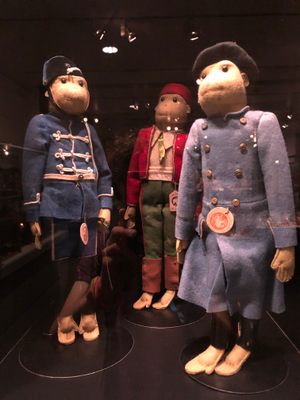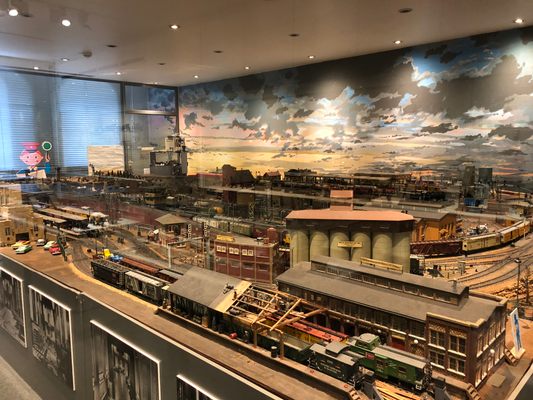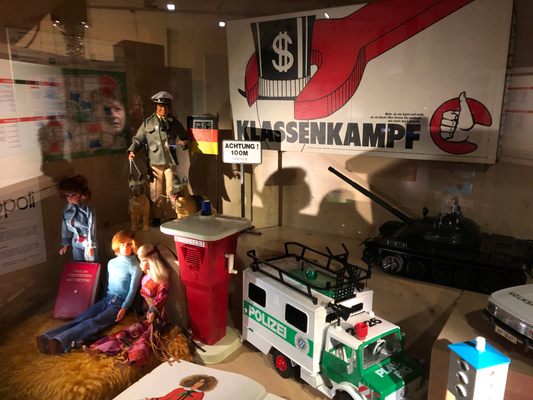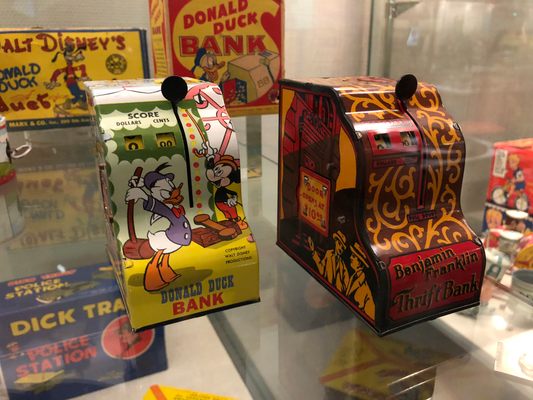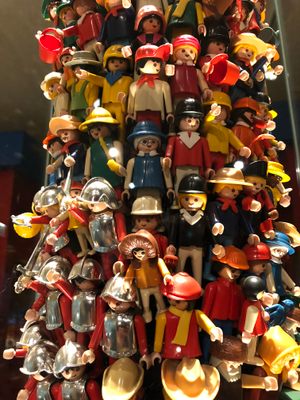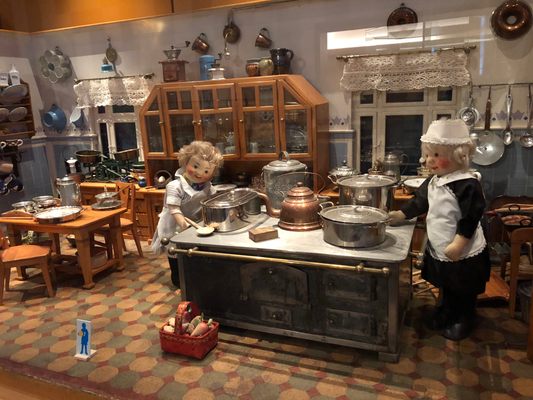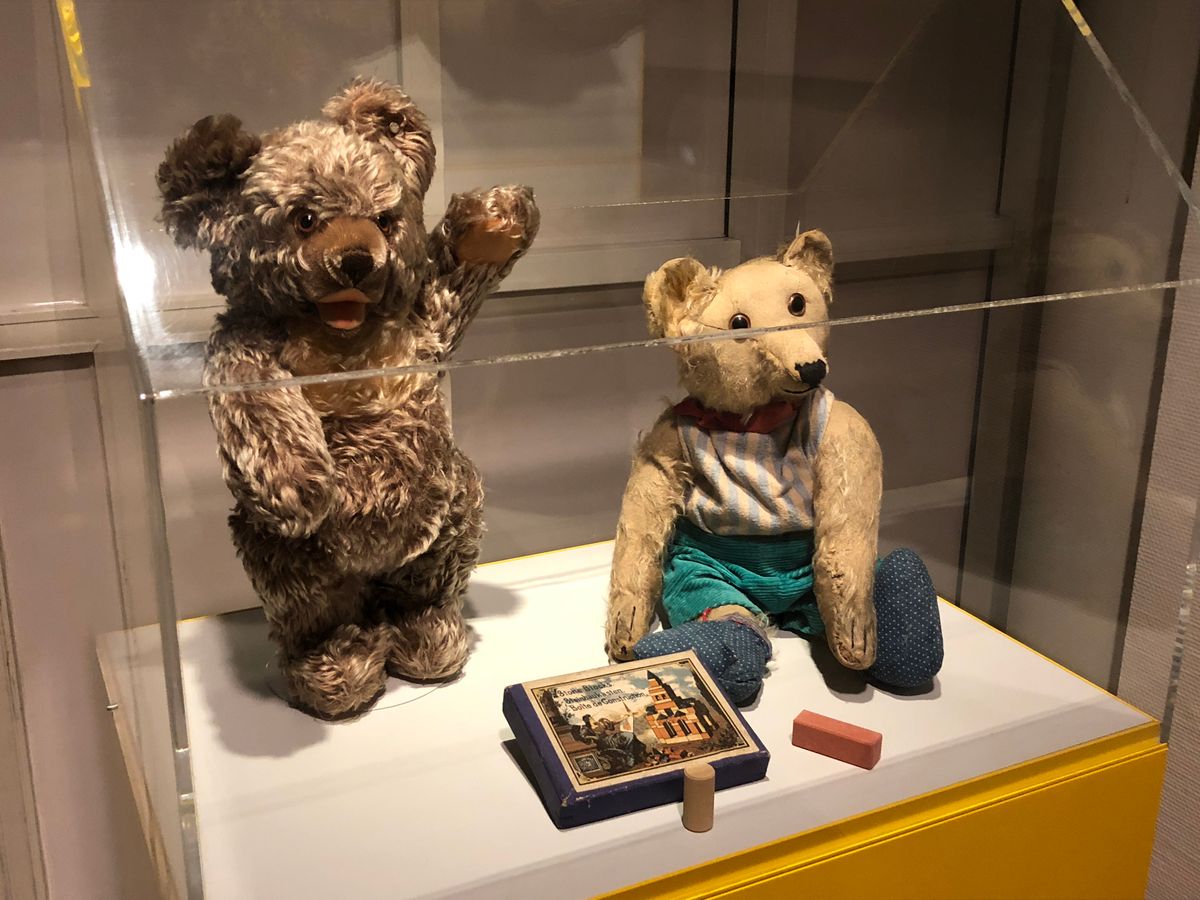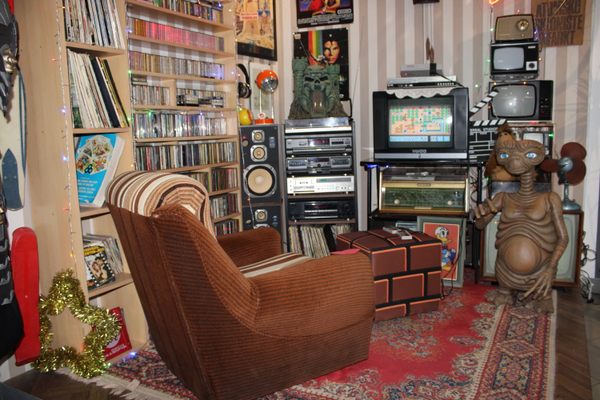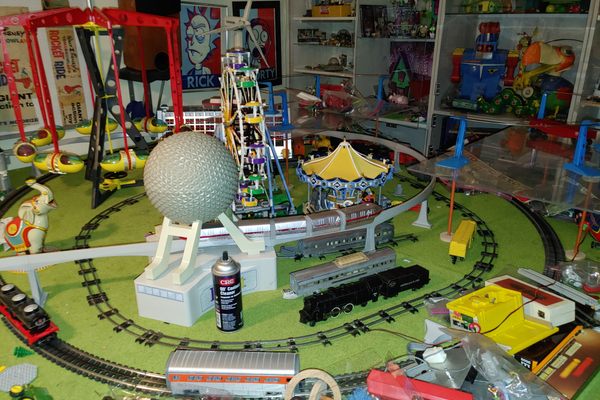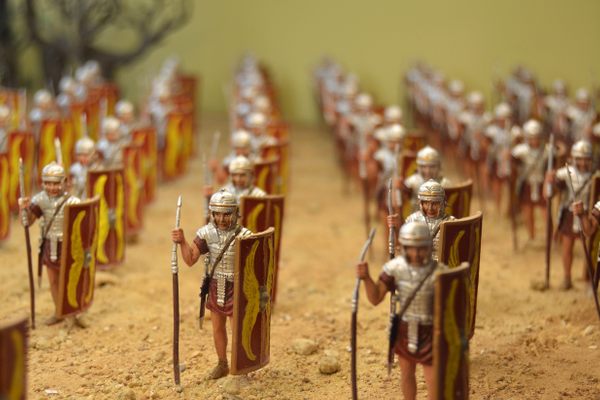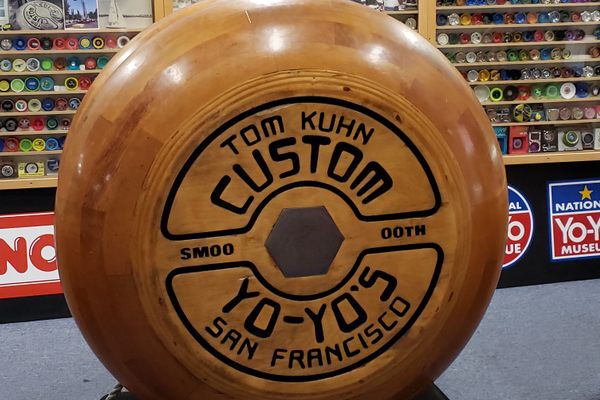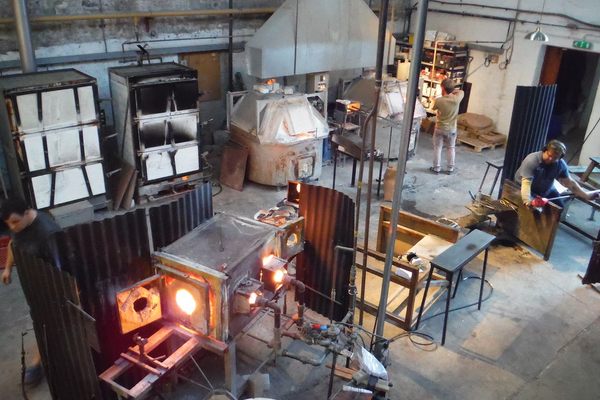About
While it is probably true that Nuremberg is most well-known for the postwar trials that took place there, its true colors and status as a vibrant, historic city are best displayed in sites like the town's Toy Museum. It's a fitting attraction, considering the area's 600-plus years of toymaking tradition and the fact that the city hosts the annual International Toy Fair.
Held in an ornate, historic building, the city's toy museum is one of the most famous in the world thanks to its extensive, priceless collection. Also known as the Lydia Bayer Museum, the facility was first started as a small, private institution based on the titular woman's collection. She and her husband began collecting toys as far back as the 1920s and continued throughout their lives. The city took over their collection in 1966 after Lydia's death and opened the museum in 1971.
Since its opening the collection has continued to grow, and now holds around 12,000 toys in its permanent collection. They range from old wooden puzzles to marionettes to vintage German Struwwelpeter dolls to more modern plastic figures.
Beyond the simple pleasure of seeing antique playthings, the museum provides visitors the opportunity to explore the sociopolitical environments and attitudes of bygone ages. The models, dolls, games and playsets of the past mirror their times which makes for a fascinating - and sometimes highly challenging - experience for modern eyes. Dolls' houses chronicle shifting gender roles, for example. German army toys emerge as artifacts from World Wars and very basic playthings represent the poverty of postwar years. Colonial era items and American toys from segregated times exemplify overt racism in action.
Altogether, the museum comprises a fascinating collection of items that were no always so highly valued, and thus rarely preserved. It also offers the opportunity to think of the importance of play - and the toys we play with - in both our childhood and adulthood. There is also a large fountain in the front that is adorned with a stylized toy rooster, making sure that no one mistakes just what kind of exhibition lies inside.
As toys become more ephemeral and mass produced, collections of the old style of toys may become increasingly harder to come by. If you visit Nuremberg, be sure to visit the Toy Museum before all these old playthings are forgotten, or before you forget the simple joy of, say, messing around with a wooden train set.
Related Tags
Know Before You Go
The Toy Museum is closed on Mondays and open from Tuesday to Friday between 10 a.m. and 5 p.m. At weekends, it's open from 10 a.m. to 6 p.m. Opening hours are longer during the International Toy Fair. The nearest U-Bahn stations are Weißer Turm and Lorenzkirche (Lorenzkirche probably providing the most straightforward route). The nearest tram stop is Hallertor on Line 4, and bus number 36 will take you to the Weintraubengasse stop.Visitors are advised that some vintage may appear a little unnerving and eerie in contrast to modern toys. Visitors are also cautioned in advance that the racial and gender attitudes represented in some items may also cause considerable offence.
Community Contributors
Added By
Published
March 2, 2016






